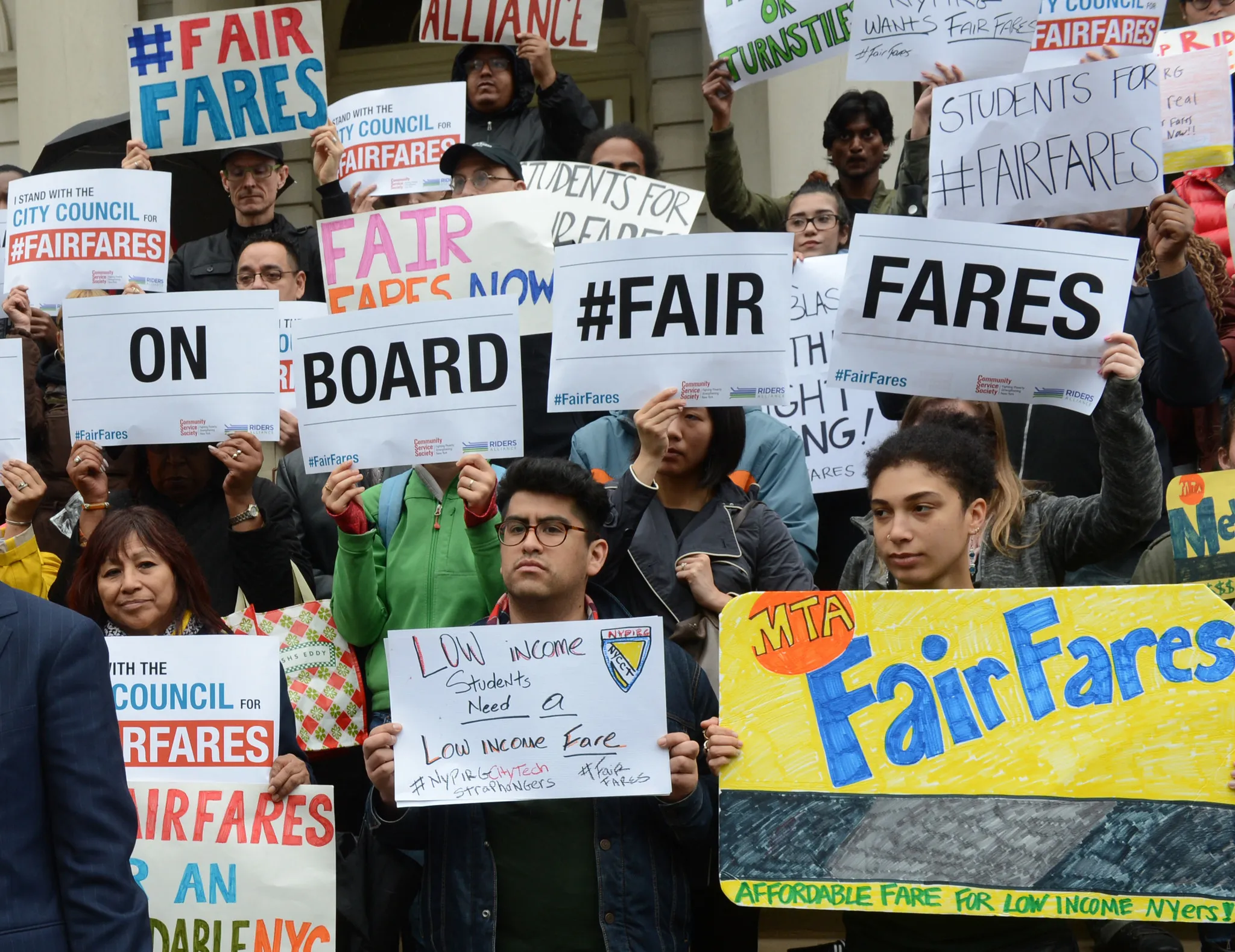Cyclical Unemployment – Meaning & Comparisons: Hi, Friends Today I am going to share some interesting information on the topic of Cyclical Unemployment – Meaning & Comparisons.
Please go through the article and enjoy reading it.
Cyclical Unemployment – Meaning & Comparisons
Table of Contents
Meaning
Cyclical unemployment is part of overall unemployment. That results directly from the cycles of economic upturn and downturn. Unemployment typically rises during recessions and also declines during economic expansions.
Moderating cyclical unemployment during recessions is a major motivation behind the study of economics. The goal of the various policy tools that governments are employing to encourage the economy.
Understanding the Cyclical Unemployment
Cyclical unemployment relates to the irregular ups and downs. The cyclical trends in growth and production. As measured by the gross domestic product that is GDP.
It occurs within the business cycle. Most of the business cycles eventually reverse. With the downturn shifting to an upturn that is followed by another downturn.
Economists are described cyclical unemployment as the result of businesses not having enough demand for labor. To employ all those who are looking for work at that point within the business cycle. When demand for a product and service declines.
There can be a corresponding reduction in the supply production to compensate. As the supply levels are reduced. Fewer employees are required to meet the lower standard of production in volume. Those workers who are no longer needed will be released by the company. Resulting in their unemployment.
When the economic output falls. The business cycle is low and cyclical unemployment will rise. Introducing a statement, when business cycles are at their peak. The cyclical unemployment will tend to below. Because there is a high demand for labor.
Examples
During the financial crisis in the year 2008. The housing bubble burst and the Great Recession started. As more and more borrowers failed to meet the debt obligations. That is associated with their homes, and qualifications for a new loan. Become more strict, the demand for new construction is declined.
With the overall number of unemployed climbing. More borrowers are unable to maintain payments on their homes. Additional properties were subject to foreclosure.
Driving demand for the construction even lower. As a result, approximately 1.5 million workers in the construction field became unemployed. This rise in unemployment and was Cyclical Unemployment.
As the economy recovered over the following years. The financial sector returned to profitability. Began to make more loans. People started buying homes again or remodeling the existing ones.
Causing the prices of real estate to climb once again. The Construction jobs returned to meet this renewed demand in the housing sector. The Cyclical Unemployment is declined.
Comparison with Other Types of Unemployment
Cyclical unemployment is one of the main classes of unemployment. As recognized by the economists. Other types are structural, seasonal, frictional, and institutional unemployment.
The Structural Unemployment
Rather than being caused by the ebbs and flows of the business cycle. Structural unemployment is caused by fundamental shifts in the makeup of the economy.
For example, jobs lost in the hopelessly outmoded sector once automobiles came to dominate. It is a mismatch between supply and demand. For certain skills in the labor market.
The Frictional Unemployment
Frictional unemployment is short-term joblessness. That is caused by the actual process of leaving one job to start another. Including the time needed to look for a new job. It naturally comes even in a growing, stable economy. It is actually beneficial. As it indicates that workers are seeking better positions.
The Institutional Unemployment
Institutional unemployment consists of the component of unemployment attributable. To the institutional arrangements, like high minimum wage laws, discriminatory hiring practices, or high rates of unionization. It results from long-term or permanent institutional factors. The incentives in the economy.
The Seasonal Unemployment
Seasonal unemployment comes as demands shifts from one season to the next. This category can include any workers. Whose jobs are dependent on a particular season. The Official unemployment statistics will frequently be adjusted or smoothed. To account for the seasonal unemployment. This is also known as a “Seasonal Adjustment.”
For example, teachers may be considered seasonal. It is based on the fact that most of the schools in the United States cease or limit the operations during the summer. Similarly, construction workers living in the areas.
Where construction during the cold months is challenging that may lose work in the winter season. Certain retail stores hire seasonal workers during the winter holiday season. To better manage the increased sales. Then release those workers after the holidays when they demand lessens.
The Special Considerations
In most cases, several types of unemployment are exist at the same time. With the exception of Cyclical Unemployment. The other classes can fall even at the peak ranges of business cycles. When the economy is said to be at or near full employment.
So, this is important information on the topic of Cyclical Unemployment. Here I have mentioned the Cyclical Unemployment meaning and its types of Unemployment in brief.
If any Queries or Questions is persisting then, please feel free to comment on the viewpoints.
Also Read:
- Difference between Parameter and Statistic
- mudra loan
- CIF Number in State Bank Of India
- COVID-19: India records 14,989 new cases, 98 fresh fatalities
- Cryptocurrency













































